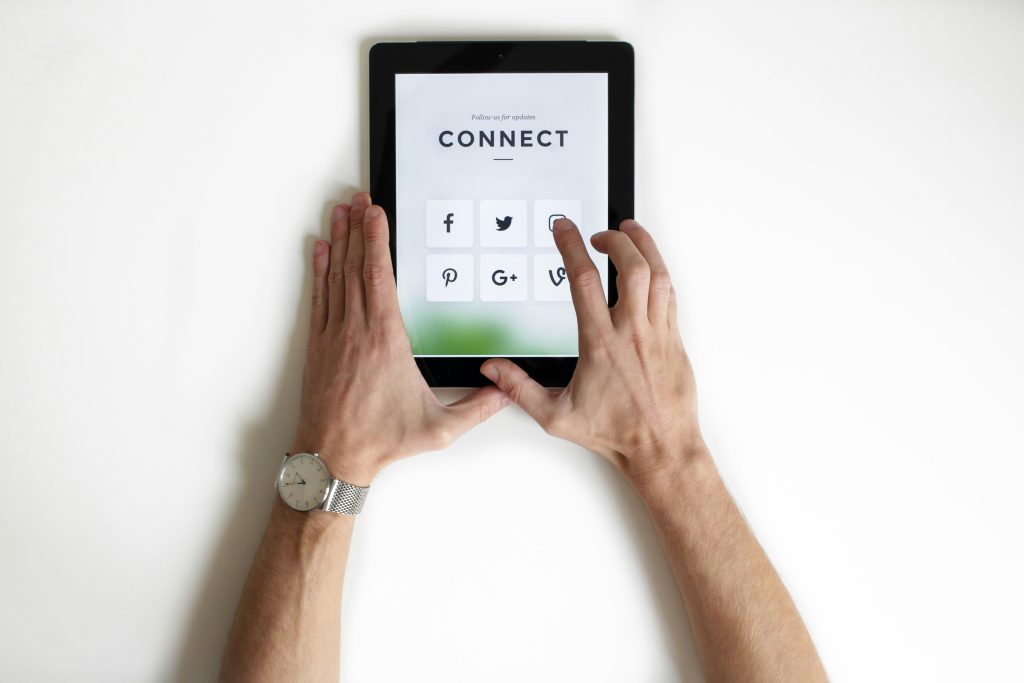Digital technology, integral to modern life, facilitates unparalleled connectivity and access to information. However, this constant digital engagement brings challenges, notably digital overload, which impacts our mental and physical well-being. The phenomenon of feeling overwhelmed by incessant notifications, social media interactions, and the diminishing distinction between work and leisure time is increasingly common. This overload can lead to stress, anxiety, and a paradoxical sense of isolation in a hyper-connected world.
Addressing digital overload through self-care is crucial for maintaining balance and well-being. Effective self-care in the digital context requires deliberate strategies to reduce negative effects of digital use and promote a healthy, balanced lifestyle. It involves setting boundaries for digital device use, seeking quality offline experiences, and using technology in ways that support overall health.
This introduction outlines the importance of self-care amidst digital saturation. It proposes practical approaches to navigate digital engagement thoughtfully, ensuring it enhances rather than detracts from our quality of life. Through thoughtful engagement with digital technology, we can protect our well-being in an increasingly digitalized environment.
The Impact of Digital Overload
Digital overload, characterized by excessive digital device usage and information consumption, directly affects both mental and physical health. Symptoms of this overload include heightened stress levels, anxiety, and disrupted sleep patterns, contributing to a diminished sense of well-being. Additionally, the constant engagement with digital content can lead to decreased attention spans and a reduced ability to concentrate on tasks for extended periods.
On a psychological level, the barrage of online information and social media can exacerbate feelings of inadequacy, loneliness, and social isolation. Despite the increased opportunities for virtual connection, the quality of these interactions often lacks the depth and fulfillment derived from face-to-face interactions, leading to a paradoxical effect of feeling more isolated despite being more connected.
Physically, prolonged screen time is associated with eye strain, headaches, and adverse effects on posture, which can result in chronic neck and back pain. The blue light emitted by screens can disrupt natural sleep patterns, leading to sleep disturbances that affect overall health and cognitive functioning.
Moreover, the blurring of boundaries between work and personal life in the digital age can lead to work-life balance issues, with work-related communications extending into personal time. This encroachment contributes to a continuous state of being “on,” which impedes relaxation and recovery, further fueling the cycle of stress and burnout.
Recognizing and mitigating the impacts of digital overload is essential for restoring balance, enhancing productivity, and maintaining physical and mental health. Strategies to address digital overload involve mindful engagement with digital devices, prioritizing quality offline experiences, and implementing practical boundaries to safeguard well-being.
Recognizing Signs of Digital Fatigue
Digital fatigue manifests through a variety of symptoms that can impact one’s overall well-being and daily functioning. Recognizing these signs is the first step towards addressing and mitigating the adverse effects of prolonged digital engagement. Key indicators of digital fatigue include:
- Physical Discomfort: Symptoms such as eye strain, headaches, and discomfort in the neck or back are common signs of excessive screen time. These physical issues often result from poor posture and the intense focus required by digital devices, particularly when used over extended periods.
- Reduced Concentration and Productivity: A noticeable decline in attention span and difficulty focusing on tasks can indicate digital fatigue. This reduction in cognitive performance can affect productivity, making it challenging to complete work efficiently and to a high standard.
- Emotional Changes: Feelings of irritability, stress, and overwhelm can be exacerbated by constant connectivity. Digital fatigue can lead to a decreased capacity for managing stress, contributing to heightened emotional responses to daily challenges.
- Sleep Disturbances: Exposure to blue light from screens can interfere with natural sleep patterns, making it harder to fall asleep and stay asleep. Changes in sleep quality and quantity are significant signs of digital fatigue, affecting one’s energy levels and mood.
- Social Withdrawal: An increased reliance on digital forms of communication can lead to a reduction in face-to-face interactions, contributing to feelings of loneliness and isolation. If digital engagement is prioritized over in-person relationships, it may signify digital fatigue.
Addressing digital fatigue involves acknowledging these symptoms and taking proactive steps to reduce screen time, incorporate breaks during digital device use, and engage in activities that promote physical and mental health. By recognizing the signs of digital fatigue early, individuals can implement strategies to restore balance and enhance their quality of life.
Mindfulness and Digital Habits
In the context of combating digital overload, mindfulness emerges as a powerful tool for enhancing digital self-care. By adopting mindfulness techniques such as mindful browsing and conscious content selection, individuals can significantly improve their interactions with digital media. This approach involves being fully present and making deliberate choices about which digital content to engage with, thereby reducing unnecessary digital consumption that contributes to overload and stress.
Developing an awareness of one’s digital habits is crucial for recognizing their impact on overall well-being. This awareness allows for the identification of patterns that may be harmful, such as compulsively checking social media or excessive screen time before bed, enabling individuals to make informed decisions about modifying their behavior.
Technology itself, when used intentionally, can support mindfulness and self-care practices. Numerous apps and digital wellness tools are designed to facilitate meditation, promote relaxation, and encourage breaks from screen time. These resources can guide users in establishing a more mindful and balanced digital life, helping to mitigate the effects of digital overload.
Professional Help and Resources
Recognizing when to seek professional help is vital for individuals experiencing significant stress or mental health issues due to digital overload. Symptoms that interfere with daily functioning or cause persistent distress warrant consultation with a mental health professional. These experts can provide strategies tailored to managing digital stress and improving digital habits.
There are also various resources available for those looking to adopt digital self-care practices. Apps and software that monitor and limit screen time can help individuals gain control over their digital consumption. Additionally, educational resources, including articles, blogs, and workshops on healthy digital habits, offer valuable insights and tips for navigating the digital world more mindfully.
Conclusion
In conclusion, navigating the challenges of digital overload is crucial for preserving our mental, emotional, and physical well-being in a technology-driven world. By adopting digital self-care strategies, individuals can mitigate the adverse effects of prolonged digital device use. These practices not only enhance personal well-being but also improve productivity and the quality of our relationships. Implementing boundaries for screen time, engaging in physical activities, and prioritizing face-to-face interactions are practical steps toward achieving a healthier digital lifestyle.
It’s important to recognize when digital overload is affecting your mental health and to understand that it’s okay to seek help. For those who find that digital stress is significantly impacting their daily life, professional support can offer valuable strategies for managing these challenges. International Therapy Team PLLC provides resources on our blog and access to mental health professionals who are equipped to assist individuals in navigating the complexities of digital well-being. Whether through reading our blog resources or contacting a mental health professional, taking the step to seek support is a positive move toward maintaining balance in the digital age.
Remember, digital self-care is an ongoing process that requires mindfulness and adaptation as our digital world continues to evolve. By being proactive and intentional with our digital habits, we can enjoy the benefits of technology while ensuring it serves our well-being, rather than detracting from it.




